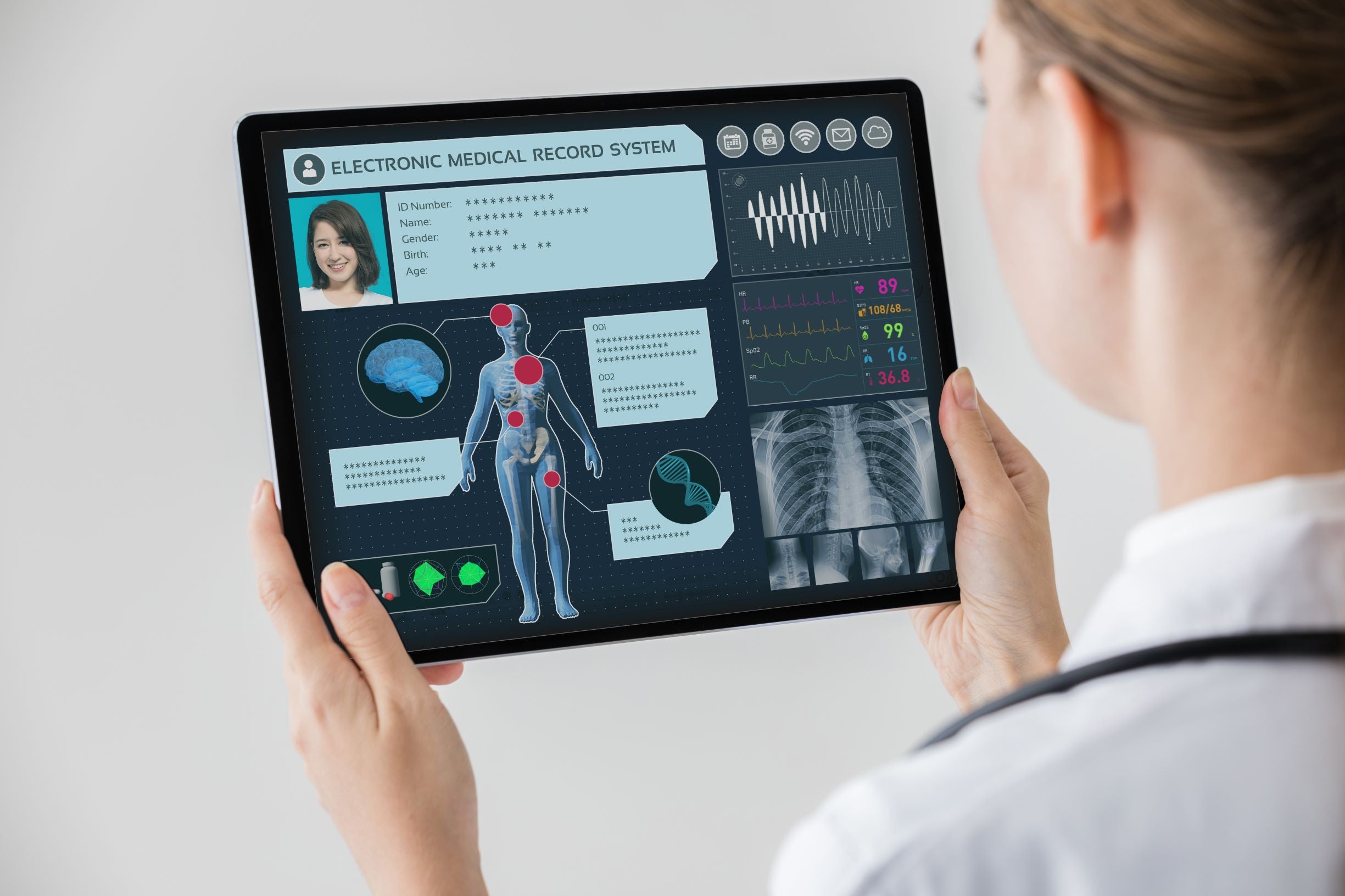
The FDA proposed the following definition for “e-Consent” in its March 2015 guidance: “electronic informed consent refers to using electronic systems and processes that may employ multiple electronic media (e.g., text, graphics, audio, video, podcasts and interactive Web sites, biological recognition devices, and card readers) to convey information related to the study and to obtain and document informed consent. Advantages of using this type of e-ICF apply to patients (or subjects), investigator and staff.
First of all, the consent is designed to explain the clinical trial process clearly using terminology that is easy to understand by a layperson. Common sense tells us that approaching a technical explanation from several angles with mixed media has more chance of success. Nowadays, subjects are presented with a long, often 15 to 20 page document. For the subject to read the entire document and comprehend the nuance of each paragraph often requires more time than allocated during the doctor’s visit. With an e-consent, the patient will have the opportunity to be informed by different means, such as movies, clips, graphics, spoken word, examples, hyperlinks, and in fact, a multi media interaction presented on the subjects own device. This would allow the subject the take the device home, discuss with family and friends and even do some additional research all from the same device without any additional needs. The interactive presentation of the study procedures and commitments should make this informed process not only easier to understand in detail but also more comprehensive.
A Fundamental Change in Trial Designs
One device, recently presented at an e-Consent conference included a short test to assess the subject’s comprehension. With adequate understanding, a subject is more likely to remain committed to study processes or conversely, to decline participation immediately, resulting in increased compliance and subject retention. The FDA guidance, which is generally very supportive of an e-Consent process, specifically mentions the ability to remotely update the informed consent when amendments are implemented and new information becomes available during the conduct of a trial. Compared to the traditional method of updating a paper ICF, significant cost and time savings are also expected. For the staff, to present the consent to the potential subject is always time consuming and requires a great deal of training. By definition, the quality of the interaction between the patient and the center is dependent on the knowledge and talent of the staff. With an e-Consent everyone receives accurate, standardized and up-to-date information, making the process more rigorous.
The use of digital (mobile) technologies will fundamentally change the way we design, deliver and manage the IC process, not only for the benefit of the patient but also for the sponsor, who can expect a more accurate patient selection and participation. This in turn, will translate in an improved quality of the data collected. I would like to mention a specific issue linked to patients who are unable to read or patients who cannot hear and who should have equal access to a clinical trial as others. It is clear that we need to acknowledge the obvious limitations of a written ICF. With multimedia capabilities of the e-Consent, one can easily imagine that solutions can be developed for addressing these specific patient limitations (sign language etc.).
Experiencing Technical Issues
There are more advantages and of course also challenges associated with the introduction of an e-Consent, of which I will name a few. Firstly, the cost associated with the development and the making of a multimedia consent form is higher than a printed version. However, I consider this as an investment rather than just another cost. If the quality of the patient participation to the trial is increased, if retention is higher, one has to see the real impact on the global budget. Secondly, the timelines for developing an e-Consent is usually 60 to 90 days, quiet more than the majority for the written form. This is due not only to the complexity of relying on several vectors of communication, but also the necessary dialogue between the vendor in charge of the e-consent and the sponsor. There is an exchange of information between the parties that needs to take place regularly.
The different pieces of the e-consent need to be approved by the sponsor one at a time to be sure everyone is working in the same spirit, with the same global vision. Another potential problem with the electronic version of the consent is that as with any technology, one may experience some technical issues like momentarily loss of connection to the Internet or vulnerability to hacking, to just name a few. It also takes time to learn how to use the device hosting the e-Consent, but with the user friendliness of recent software, this may not be a major concern. Another rather technical issue is the confidentiality and the requirements of the FDA CRF part 11 compliance that needs to be implemented. With this last example on my short list, please consider this possible path when you prepare for your next clinical trial. All stakeholders would benefit from redesigning a currently imperfect process.

US Tariffs are shifting - will you react or anticipate?
Don’t let policy changes catch you off guard. Stay proactive with real-time data and expert analysis.
By GlobalData


